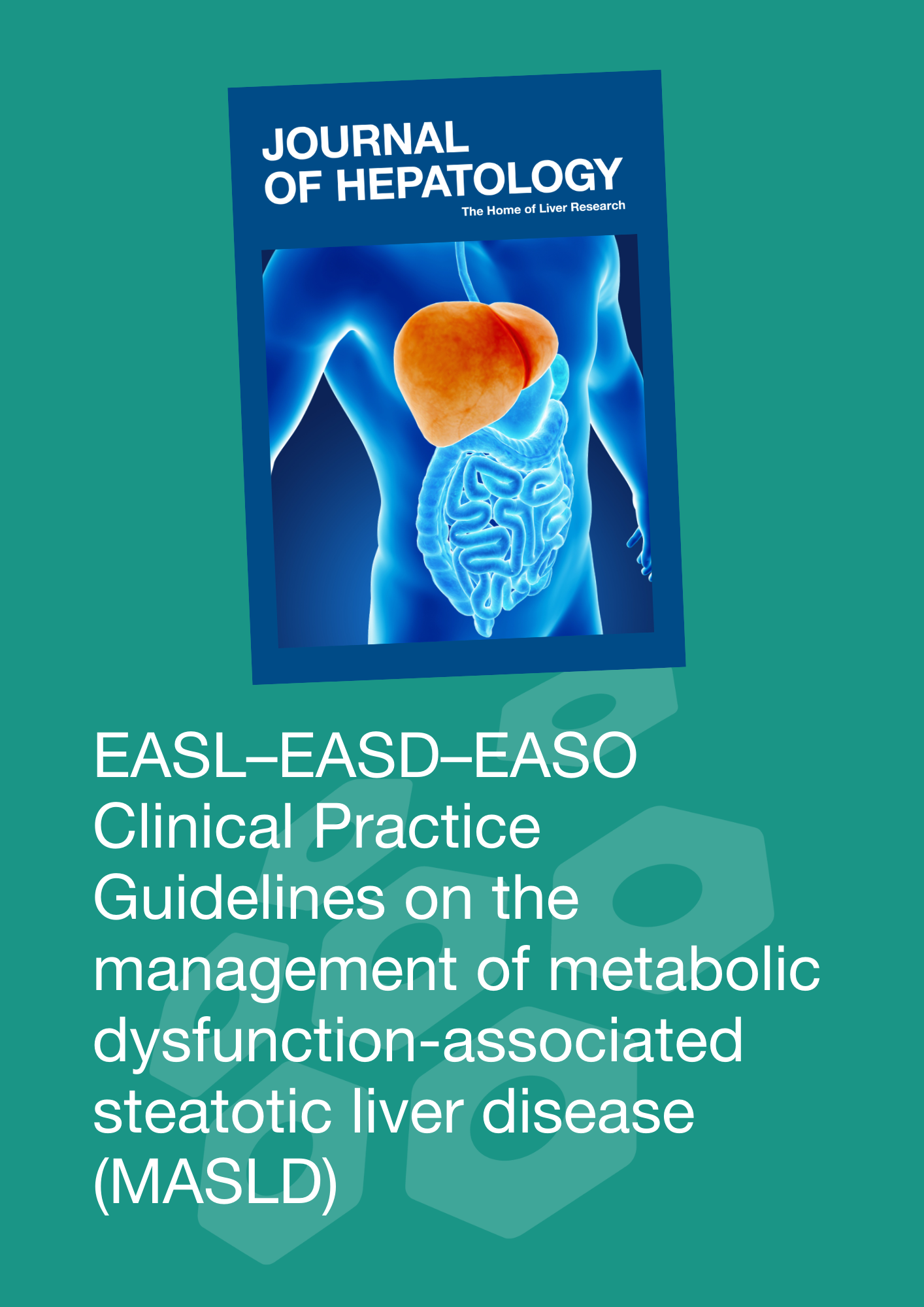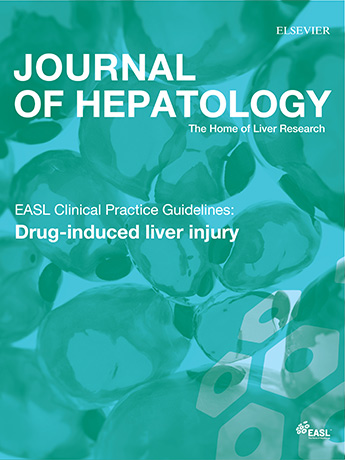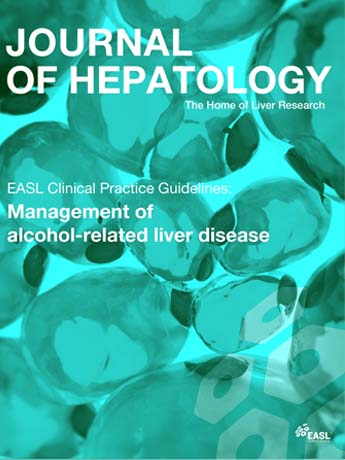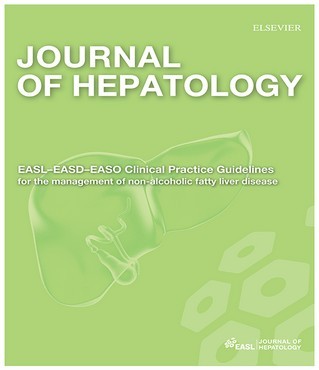EASL’s Clinical Practice Guidelines assist physicians, healthcare providers, patients and other interested parties in the clinical decision-making process. The EASL Guidelines present a range of state-of-the-art approaches for the diagnosis and treatment of liver diseases.
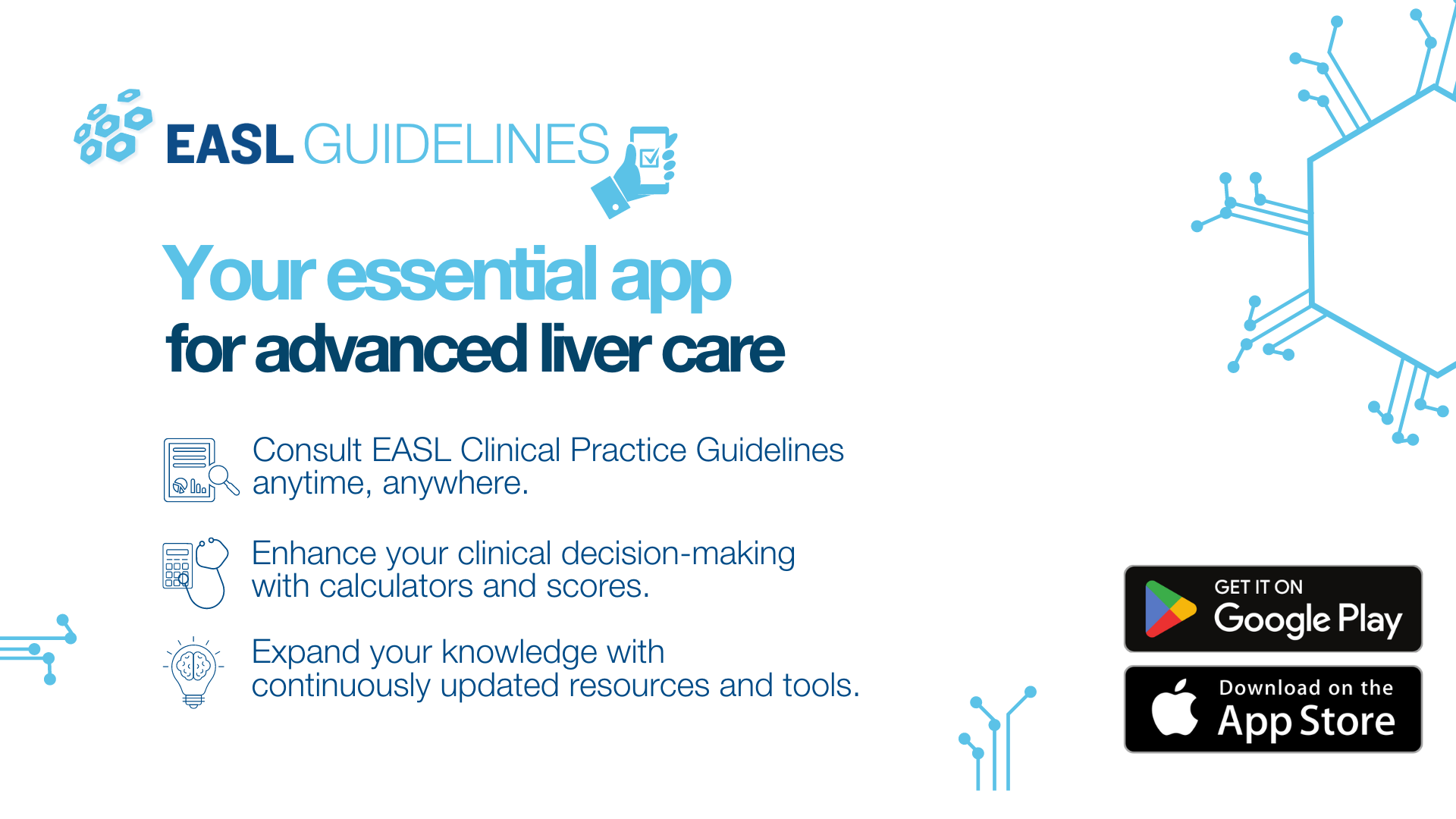
Metabolic dysfunction-associated steatotic liver disease (MASLD), previously termed non-alcoholic fatty liver disease (NAFLD), is defined as steatotic liver disease (SLD) in the presence of one or more cardiometabolic risk factor(s) and the absence of harmful alcohol intake. The spectrum of MASLD includes steatosis, metabolic dysfunction-associated steatohepatitis (MASH, previously NASH), fibrosis, cirrhosis and MASH-related hepatocellular carcinoma (HCC). This joint EASL-EASD-EASO guideline provides an update on definitions, prevention, screening, diagnosis and treatment for MASLD.
Read MoreThe focus of this EASL Guideline is idiosyncratic Drug-Induced Liver Injury (DILI). However, it is important to recognise that DILI is traditionally classified as intrinsic (or direct) vs. idiosyncratic. Intrinsic DILI is typically dose-related and occurs in a large proportion of individuals exposed to the drug (predictable) and onset is within a short time span (hours to days). Idiosyncratic DILI is usually not dose-related. Although a dose threshold of 50–100 mg/day is usually required. It occurs in only a small proportion of exposed individuals (unpredictable) and exhibits a variable latency to onset of days to weeks.
Read MoreThe harmful use of alcohol has been estimated to cause approximately 3.3 million deaths every year. Most importantly, this corresponds to nearly 6% of all deaths globally. Therefore, the effective treatment and Management of Alcohol-Related Liver Disease is a pertinent public health issue. In conclusion, the following EASL Clinical Practice Guideline reviews and provides the latest data on the treatment and Management of Alcohol-Related Liver Disease and updates recommendations for clinical management.
Read MoreThe Clinical Practice Guidelines propose recommendations for the diagnosis, treatment and follow-up of non-alcoholic fatty liver disease (NAFLD) patients and are the product of a joint effort by the European Association for the Study of the Liver (EASL), European Association for the Study of Diabetes (EASD) and European Association for the Study of Obesity (EASO). They update a position statement based on the 2009 EASL Special Conference. The data have been retrieved by an extensive PubMed search up to April 2015. The final statements are graded according to the level of evidence and strength of recommendation, which are adjustable to local regulations and/or team capacities.
Read MoreThe first EASL Clinical Practice Guideline on treatment of hepatitis C was published in 1999. Since then, more than 30 EASL Guidelines on various liver diseases have been published. The EASL CPGs are extremely popular in Europe and beyond. Most importantly, they are a global reference for the current state-of-the-art on diagnosis and management of liver diseases. As consequence, the EASL Guidelines have been widely distributed. And not only by open-access publication in the Journal of Hepatology but also on the EASL website. Finally, for some EASL CPGs, dissemination of knowledge into derivatives of the guidelines (e.g. patient versions).
The Success of the EASL Clinical Practice Guidelines
One possible reason for the success of our guidelines is the streamlined process. This has allowed for a fast response and timely publication of clinical recommendations when there are new developments in a field. This was especially relevant for chronic HCV infection. The rapid development of treatment regimens has prompted the EASL Governing Board to commission regular updates of ‘‘HCV treatment recommendations”on an almost yearly basis since 2014. In 2019, EASL launched The first guideline for hepatitis B. Updated versions for the EASL guidelines for Hepatitis B followed in 2012 and 2017.
EASL acknowledgements
This responsive process of CPG development in almost all areas of hepatology has only been made possible by the commitment of a small team of 5–8 world-leading experts (the ‘‘CPG panel”) and the meticulous evaluation of the CPGs by three independent experts (at least one from outside Europe), as well as the EASL Governing Board. EASL is very grateful for the continuous and outstanding support provided by these experts from our community.


